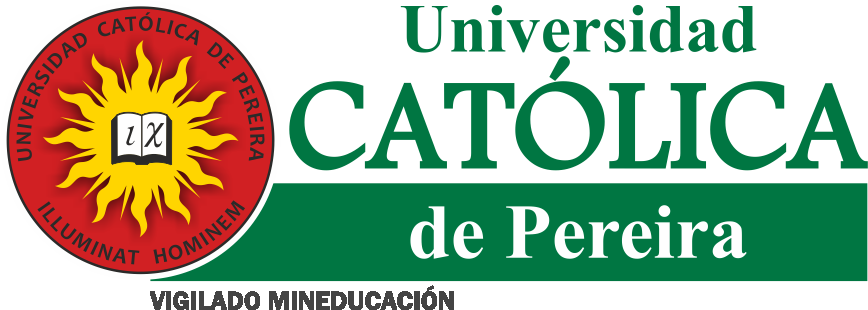Publicación: Análisis de factores predictivos en consumo de sustancias psicoactivas
| dc.creator | Soto-Anari, Marció | |
| dc.creator | Cáceres-Luna, Gabriela | |
| dc.creator | Shelach Bellido, Salomón | |
| dc.creator | Quintanilla Calvi, Juan | |
| dc.creator | Montalvo Holgado, Mónica | |
| dc.date | 2019-06-01 | |
| dc.date.accessioned | 2023-08-30T00:50:48Z | |
| dc.date.available | 2023-08-30T00:50:48Z | |
| dc.description | Diversas investigaciones demuestran que el consumo de sustancias psicoactivas ha aumentado con el paso de los años. Este incremento se asocia a factores de naturaleza cognitiva, afectivo-emocional y a la inestabilidad en las relaciones familiares; factores que pueden afectar los ámbitos académicos, cognitivos y conductuales de los estudiantes. Nos propusimos analizar el efecto de variables cognitivas y familiares sobre el consumo de alcohol, tabaco y marihuana. Se evaluó a 78 jóvenes entre 16 y 28 años de edad. El 16% eran varones y 84% mujeres, todos provenientes de una universidad privada de Arequipa-Perú. Se aplicó la Torre de Hanói para medir planificación; el Simón Task, para control inhibitorio y el Iowa Gambling Task para la toma de decisiones. Se aplicaron tres cuestionarios: el AUDIT para consumo de alcohol, de variables sociodemográficas y para indagar acerca de consumo de nicotina y marihuana. Se observa que hay un cierto efecto de parte del género sobre la frecuencia e intensidad del consumo de alcohol; por otra parte la medida de planificación se ve afectada por la frecuencia e intensidad del consumo de alcohol y por el consumo de nicotina. Además de ello no se da ninguna significancia con las variables dependientes y el consumo de marihuana. | es-ES |
| dc.description | Various studies show that consumption ofpsychoactive substances has increased over the years.This increase is associated with nature cognitivefactors emotional- affective and instability in familyrelationships; Factors that may affect academic,cognitive and behavioral areas of students. We setout to analyze the effect of cognitive variables andfamily on the consumption of alcohol, tobaccoand marijuana and. 78 young people were assessedbetween 16 and 28 years old. 16% were male and84% female, all from a private university in Arequipa,Peru. The Tower of Hanoi was applied to measureplanning; the Simon Task, for inhibitory control andthe Iowa Gambling Task for decision-making. Threequestionnaires were applied; AUDIT for alcoholconsumption, sociodemographic variables and toinquire about nicotine and marijuana. It is observedthat there is a certain part of the gender effect on thefrequency and intensity of alcohol; on the other handthe extent of planning is affected by the frequencyand intensity of alcohol and nicotine. Furthermore,no significance is given to the dependent variablesand marijuana. | en-US |
| dc.format | application/pdf | |
| dc.identifier | https://revistas.ucp.edu.co/index.php/textosysentidos/article/view/223 | |
| dc.identifier.uri | http://hdl.handle.net/10785/15411 | |
| dc.language | spa | |
| dc.publisher | Universidad Católica de Pereira | es-ES |
| dc.relation | https://revistas.ucp.edu.co/index.php/textosysentidos/article/view/223/211 | |
| dc.rights | Derechos de autor 2019 Textos y Sentidos | es-ES |
| dc.rights | https://creativecommons.org/licenses/by-nc/4.0/deed.es_ES | es-ES |
| dc.source | Textos y Sentidos; Núm. 14 (2016); 123 - 136 | es-ES |
| dc.source | 2215-8820 | |
| dc.source | 2215-8812 | |
| dc.title | Análisis de factores predictivos en consumo de sustancias psicoactivas | es-ES |
| dc.title | Analysis of predictive factors in use of psychoactive substances | en-US |
| dc.type | info:eu-repo/semantics/article | |
| dc.type | info:eu-repo/semantics/publishedVersion | |
| dc.type | Artículo revisado por pares | es-ES |
| dspace.entity.type | Publication |
